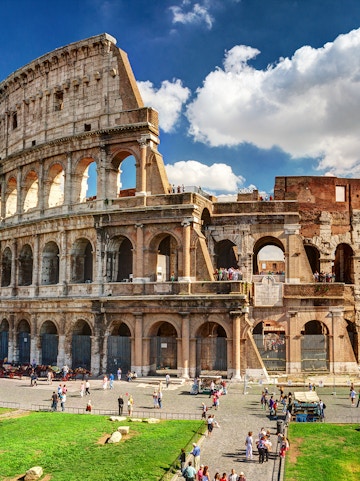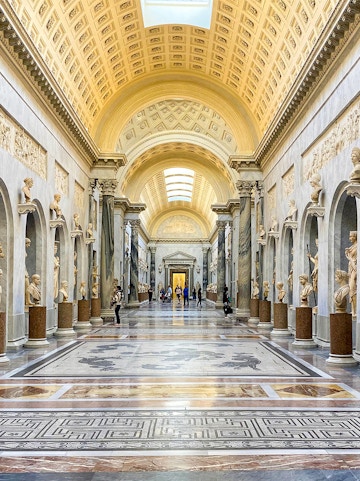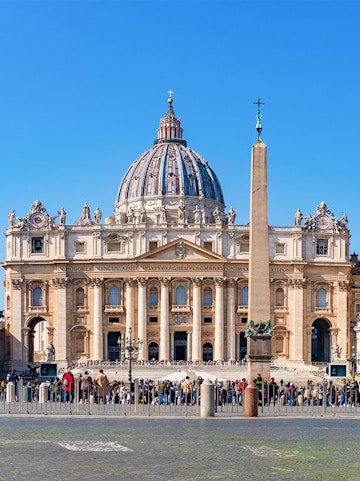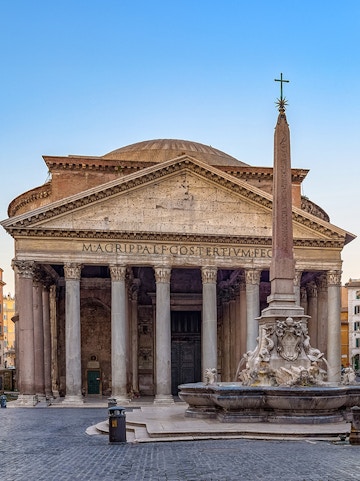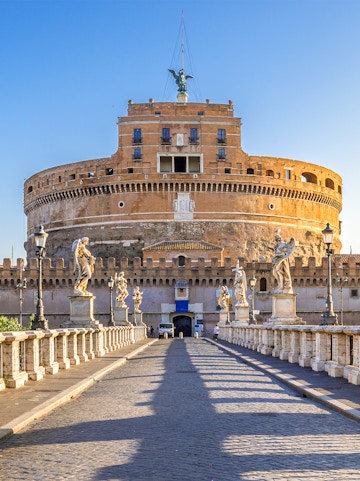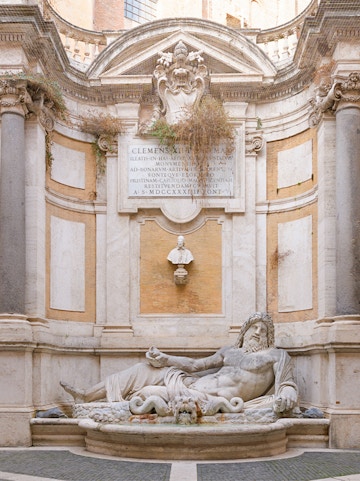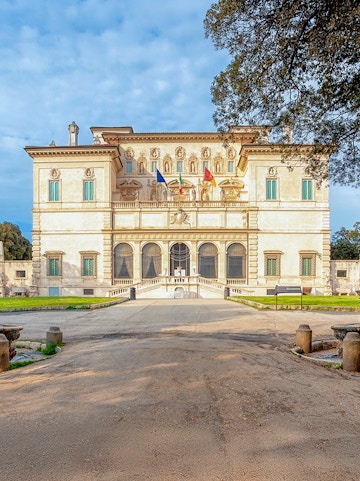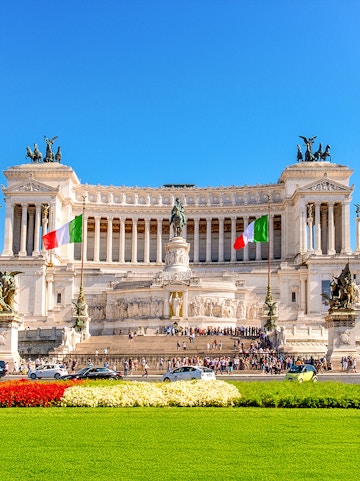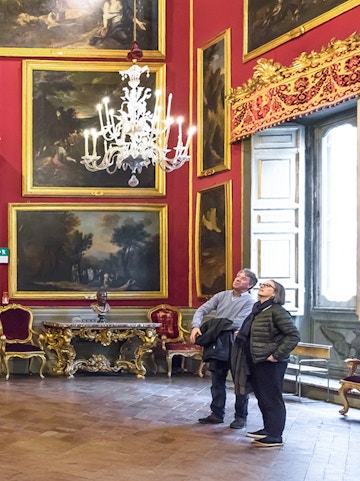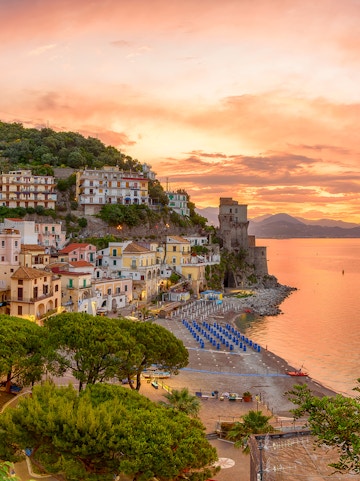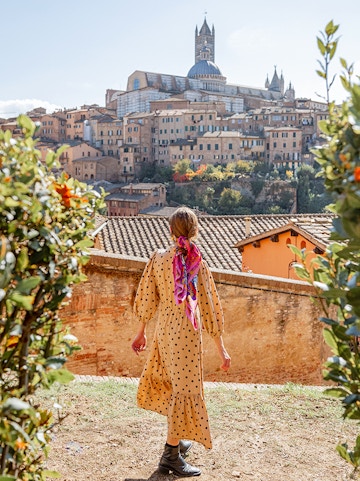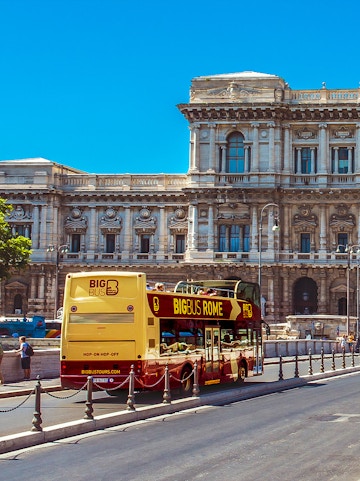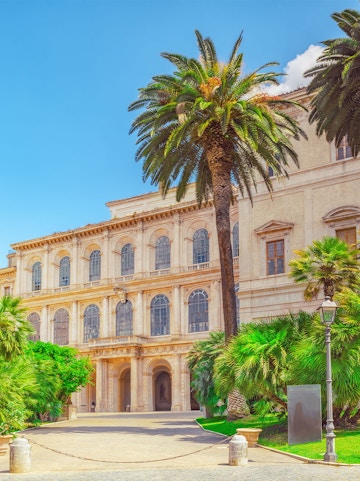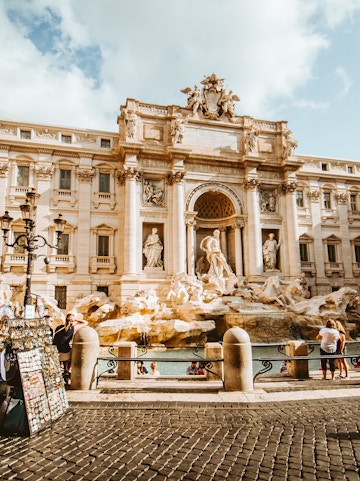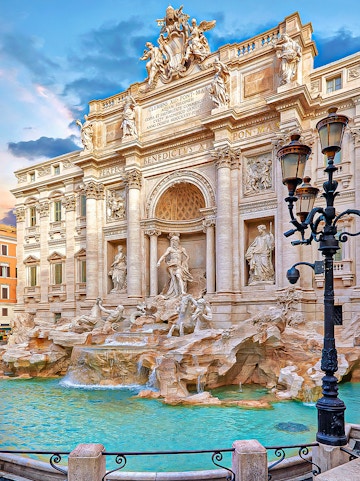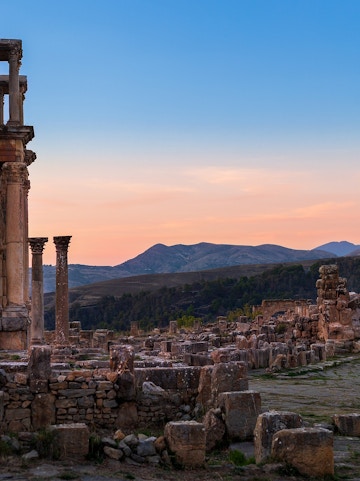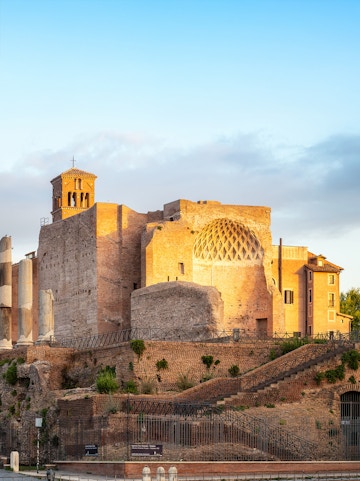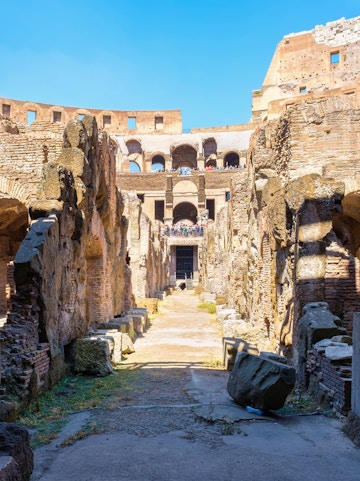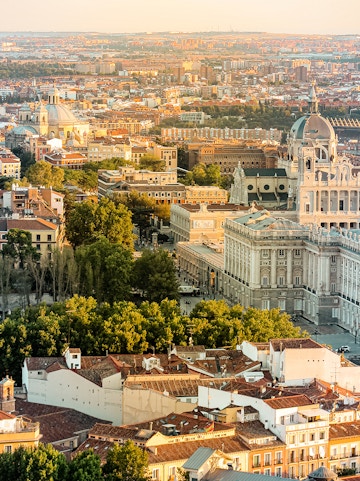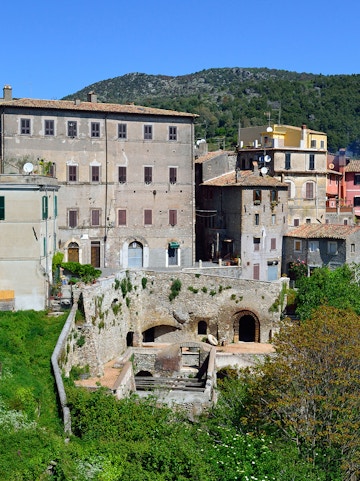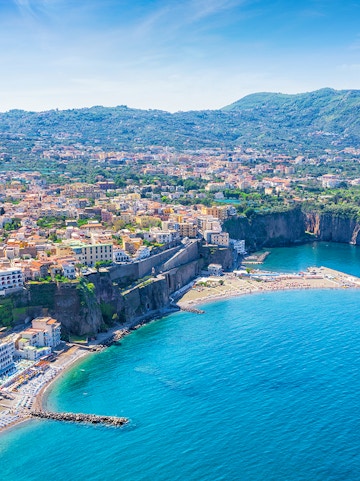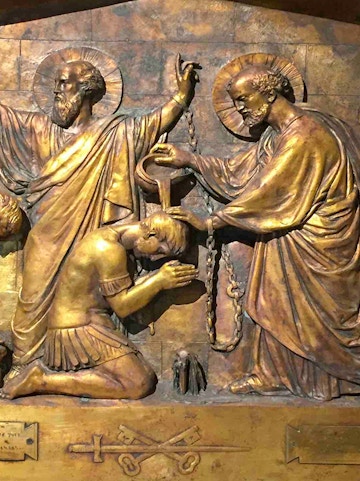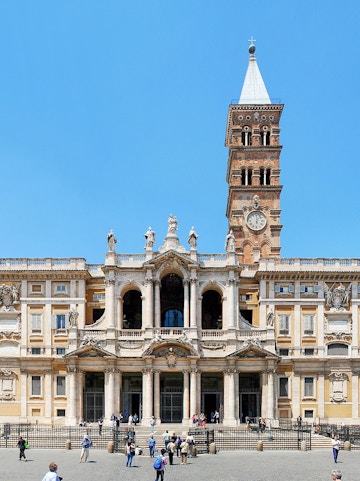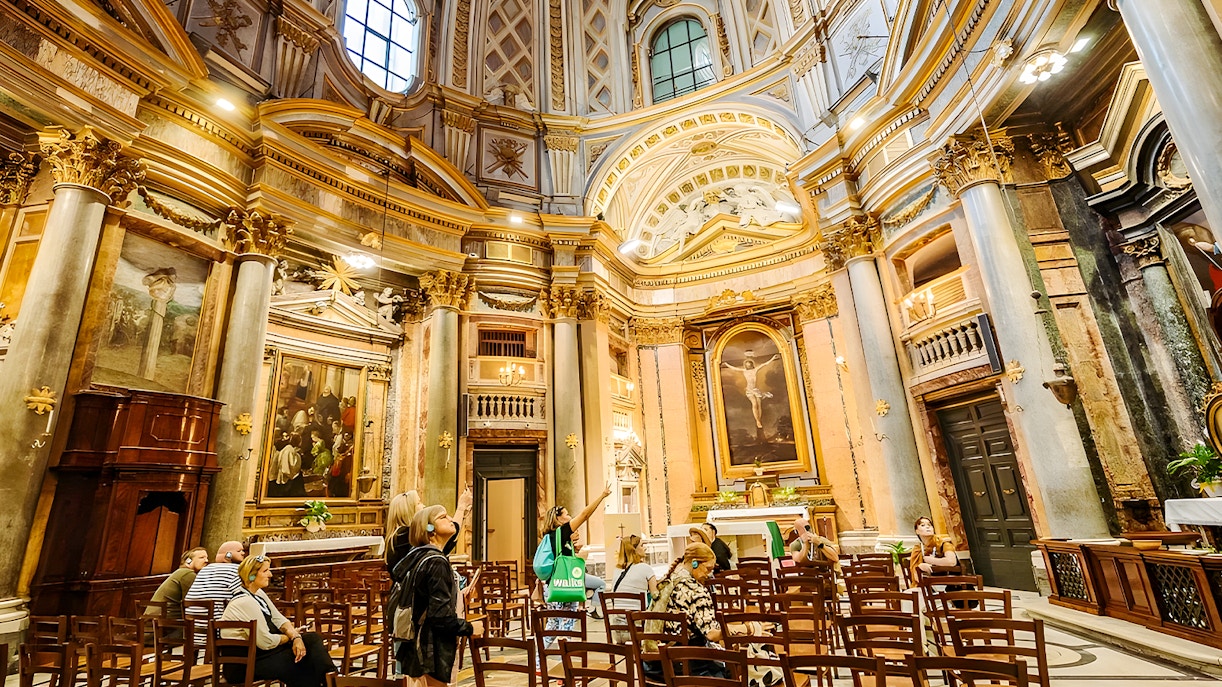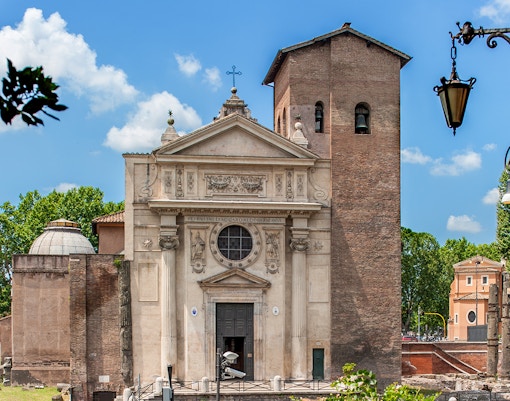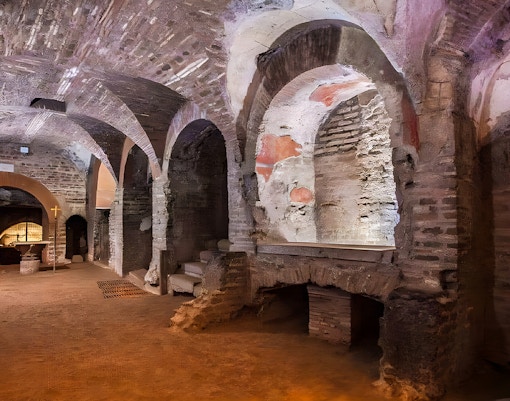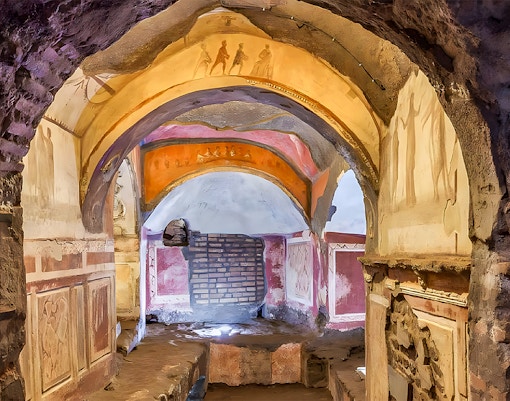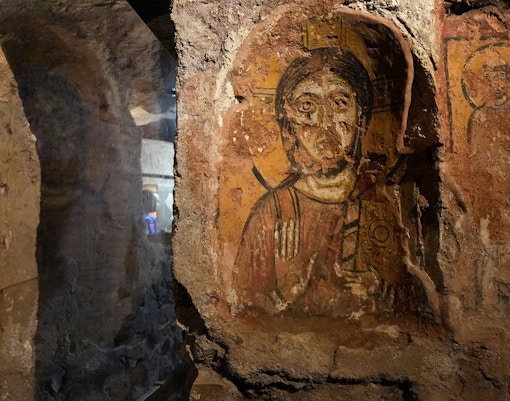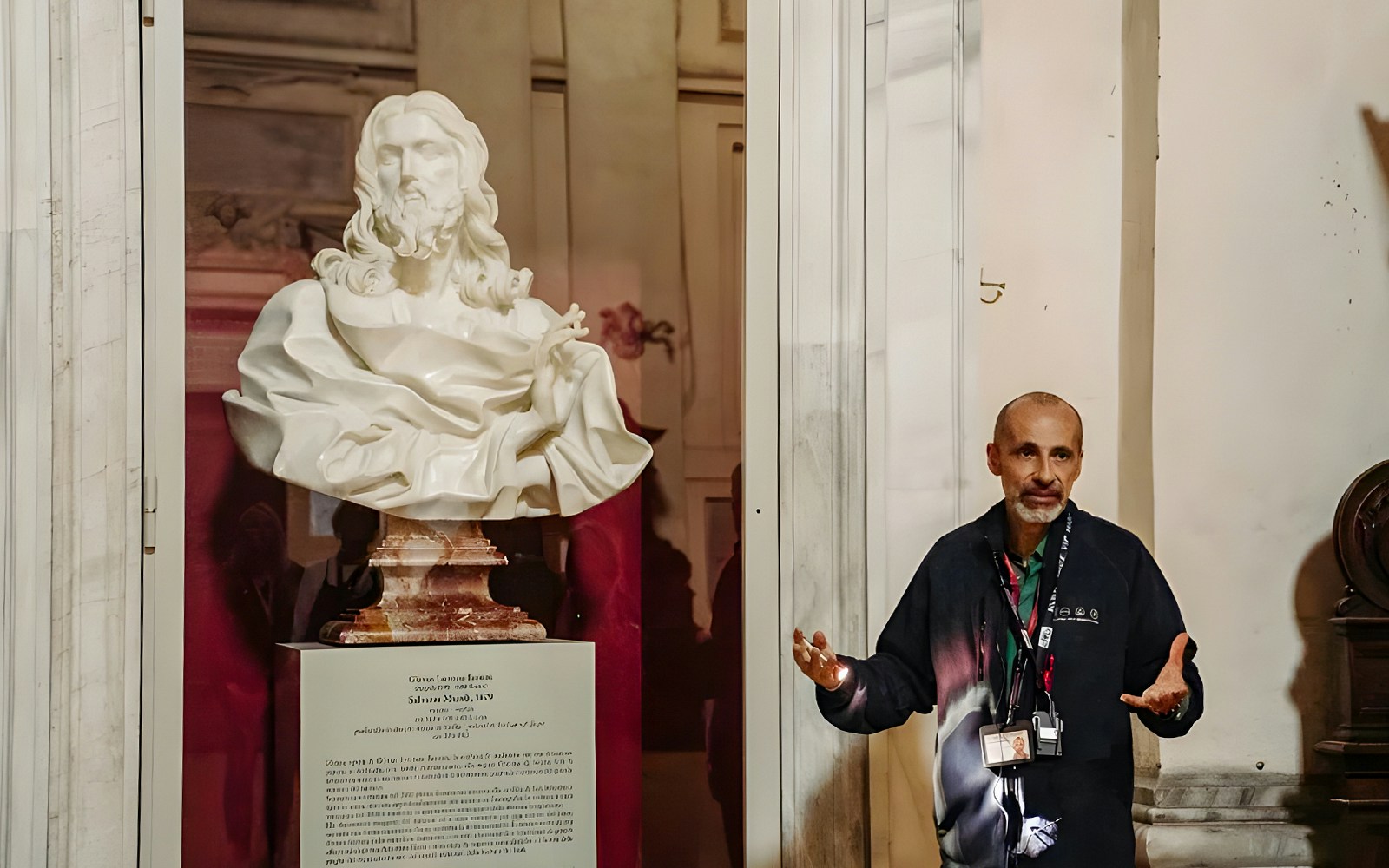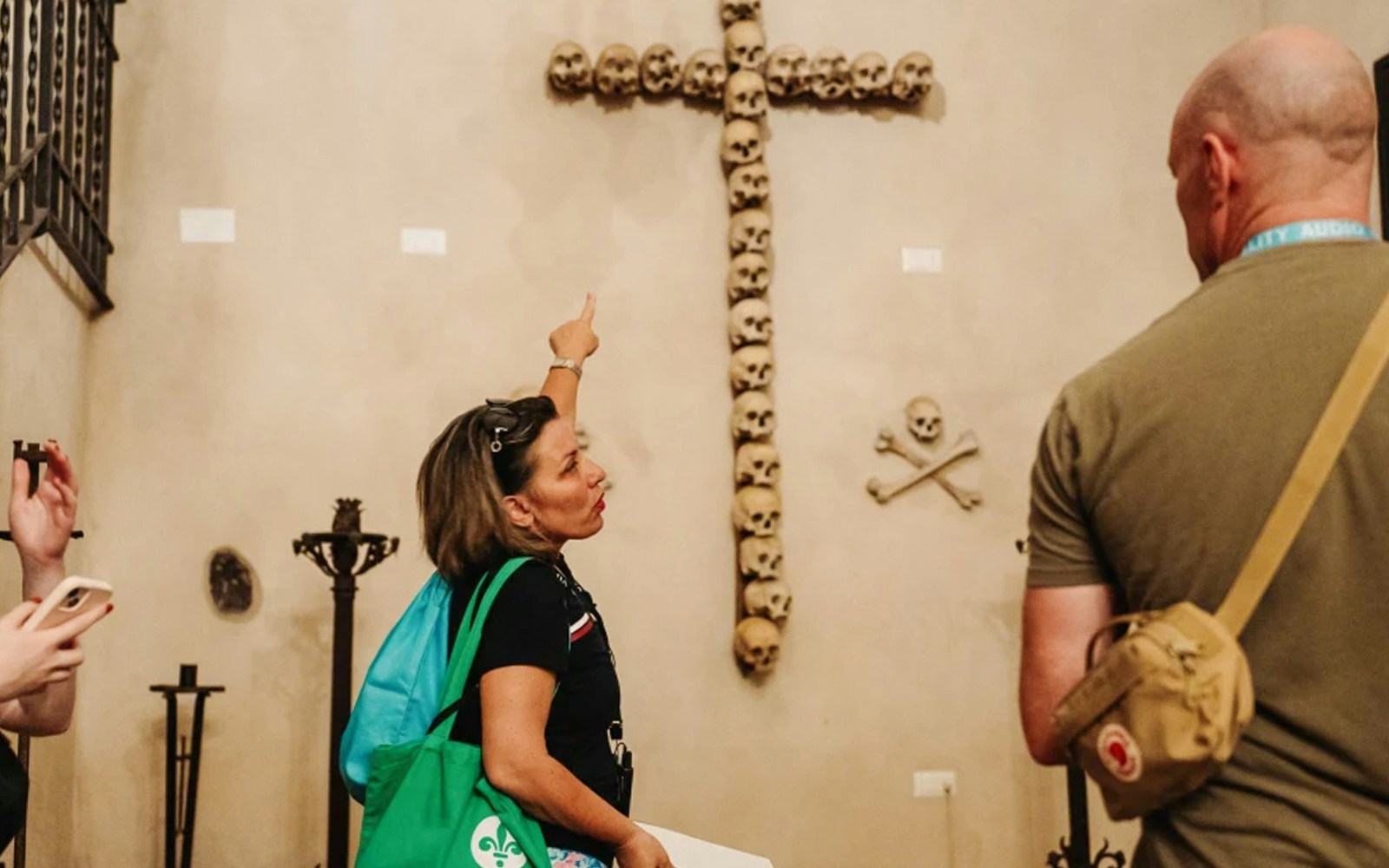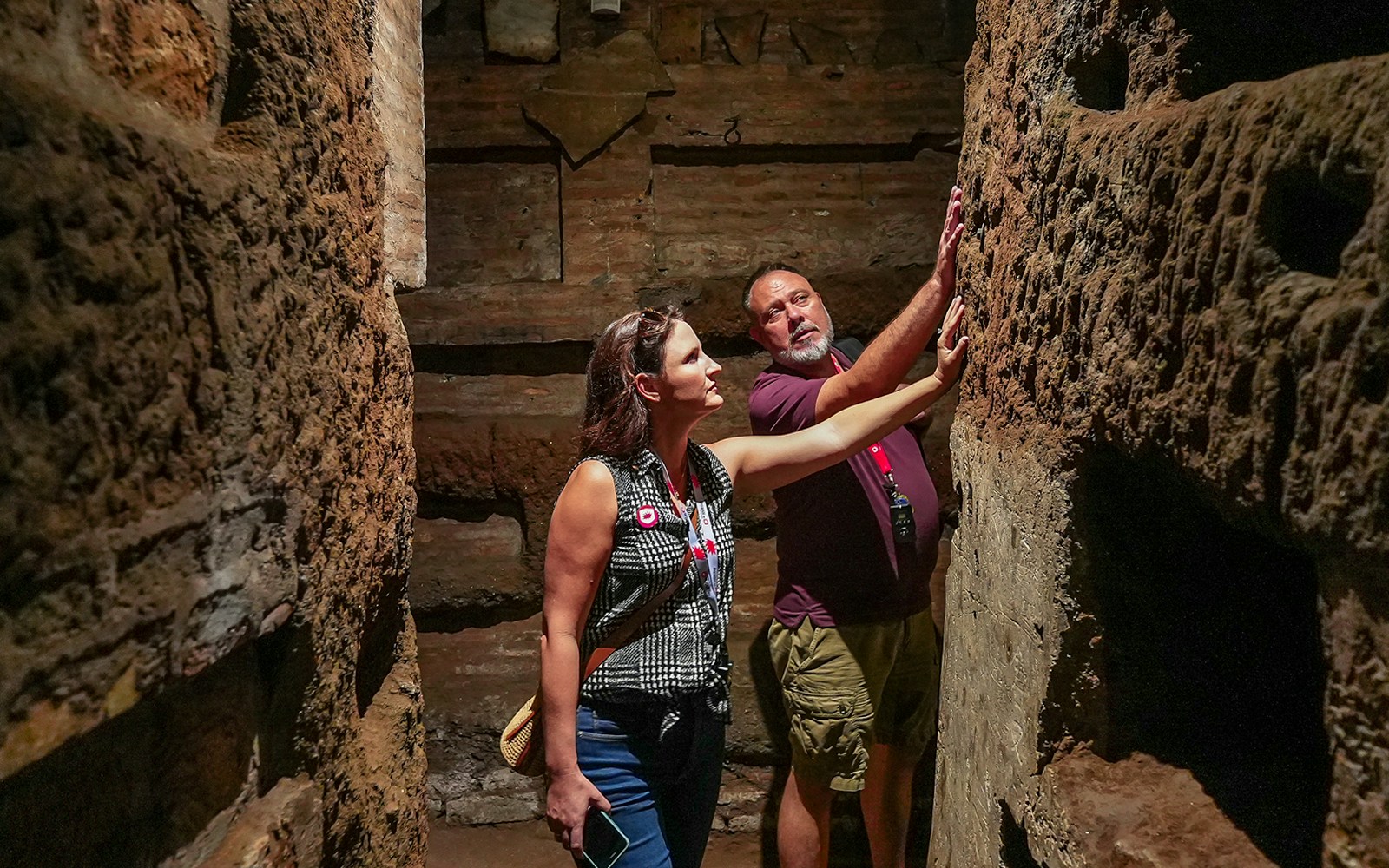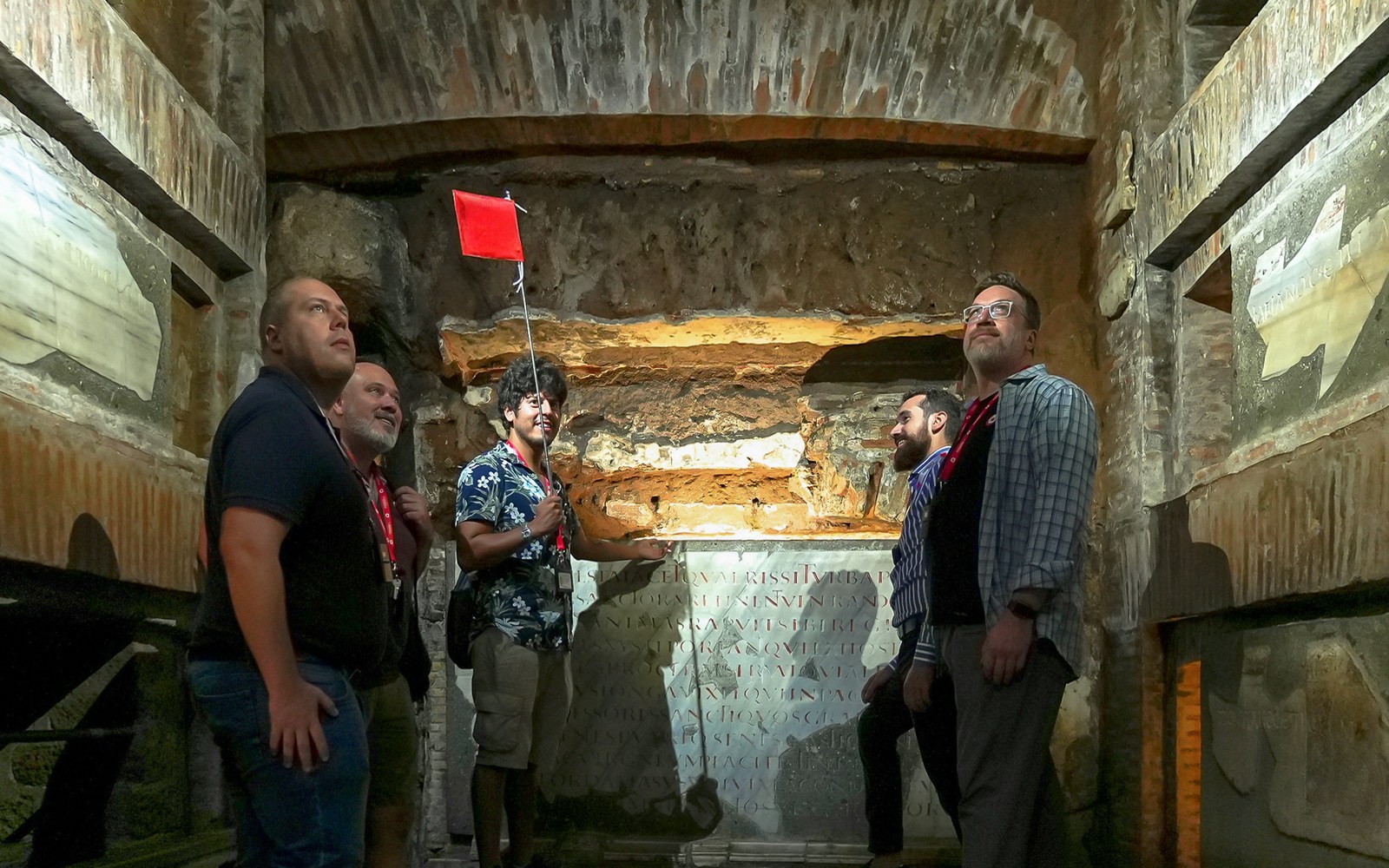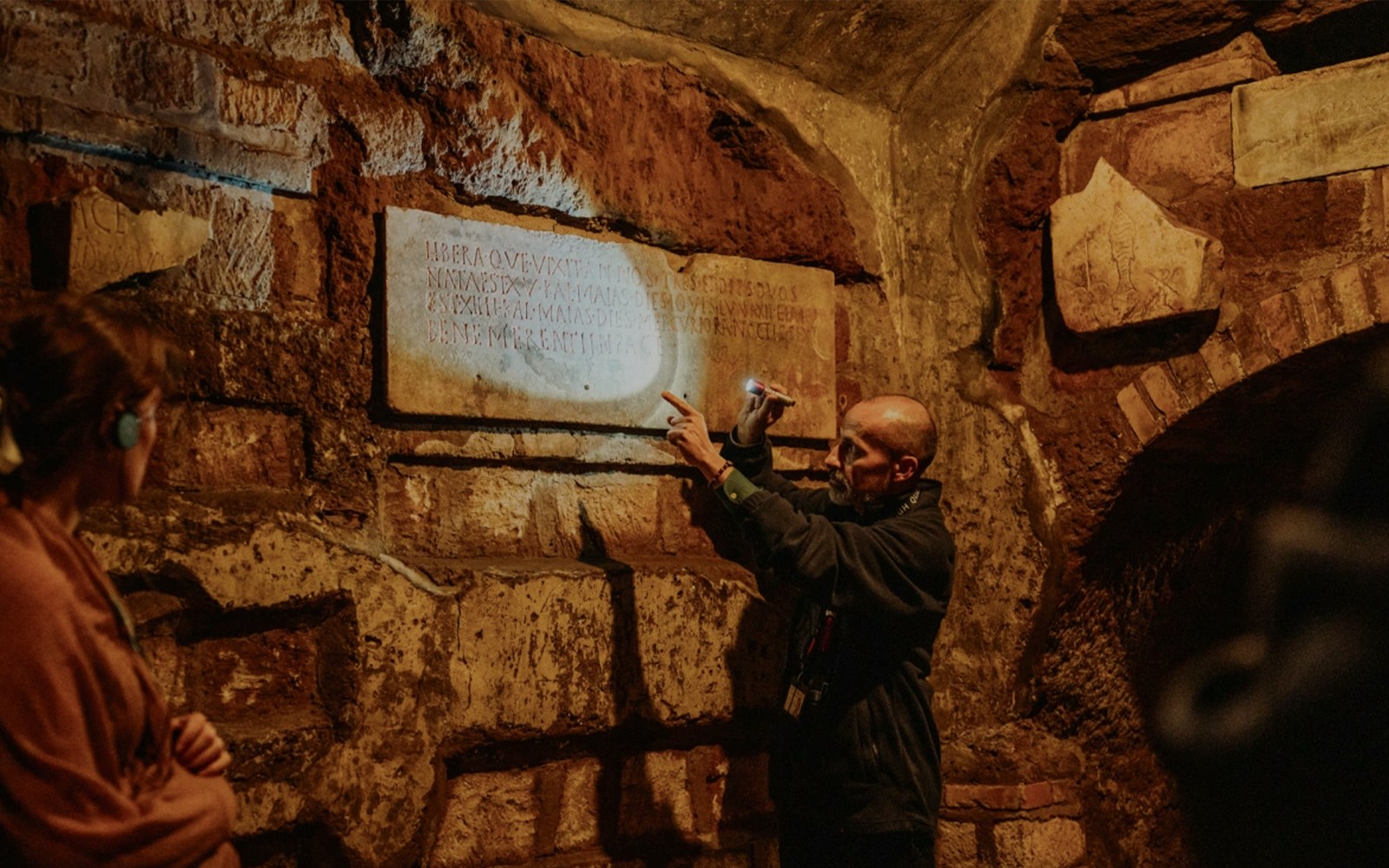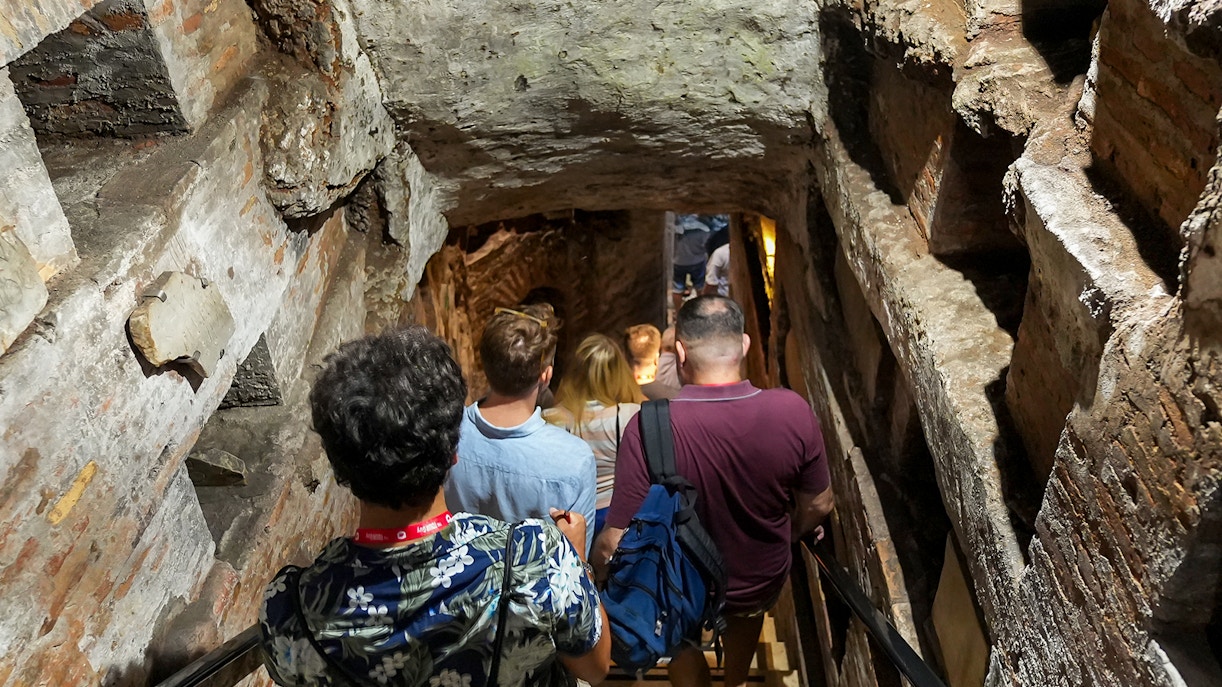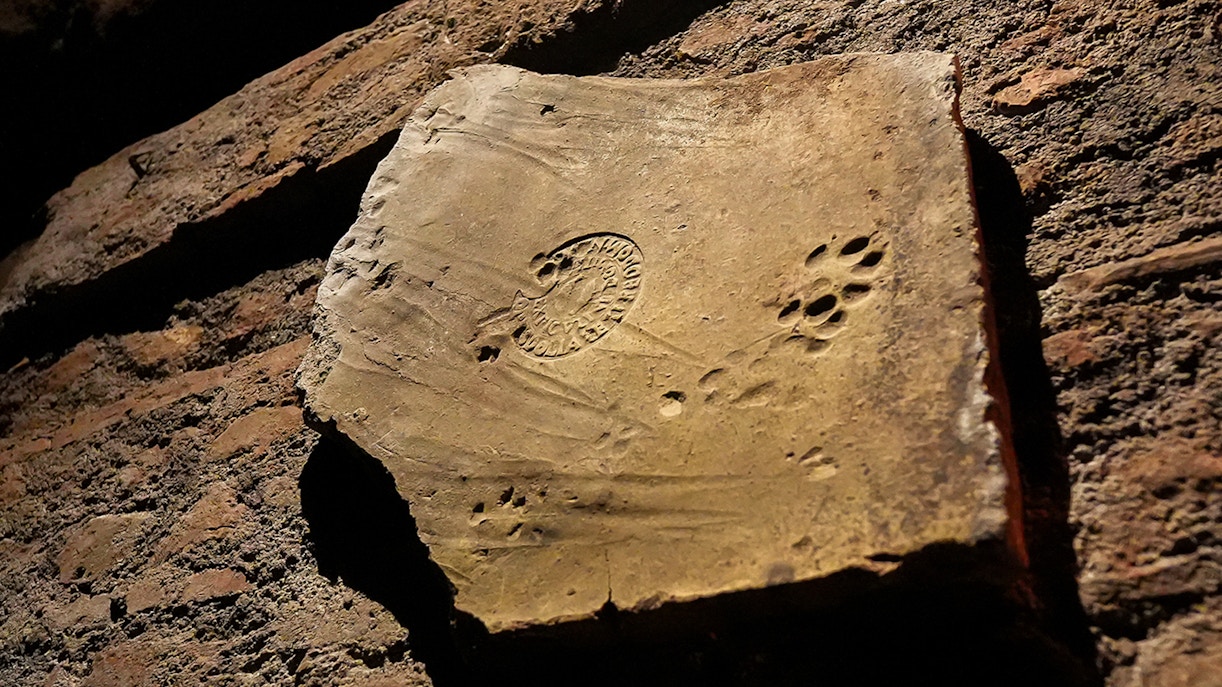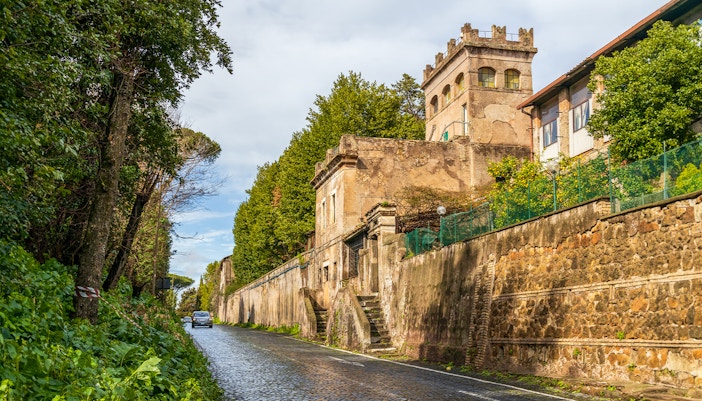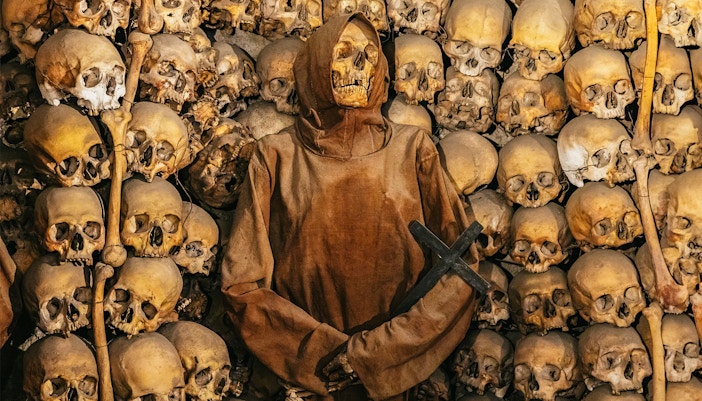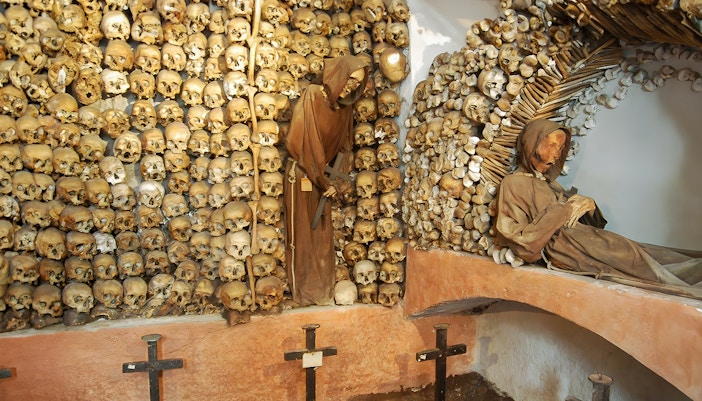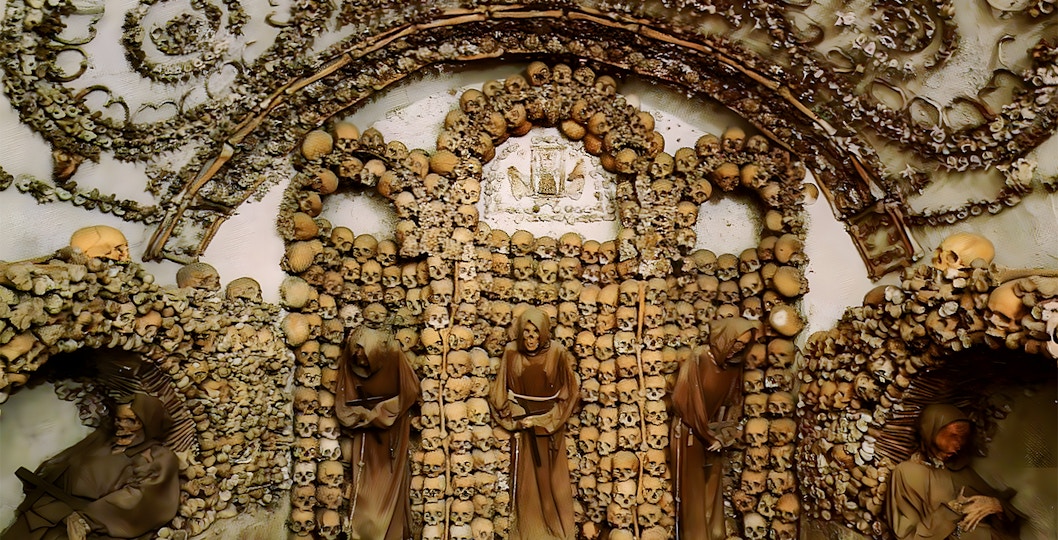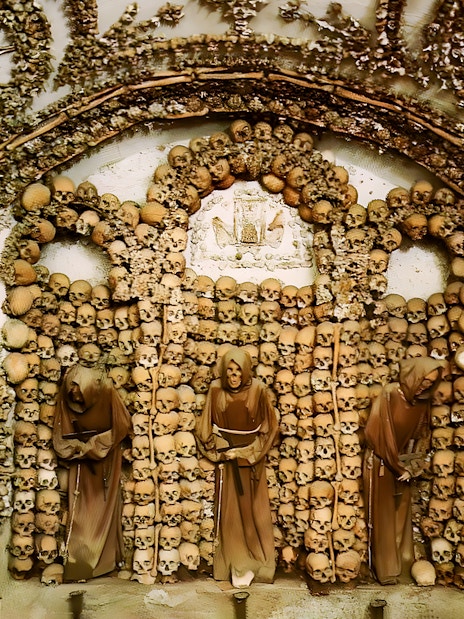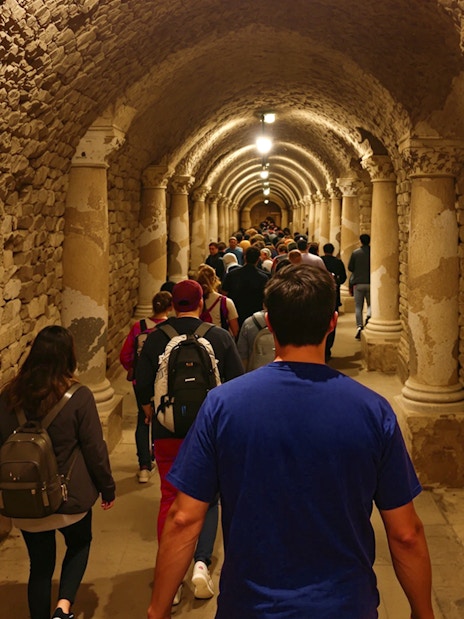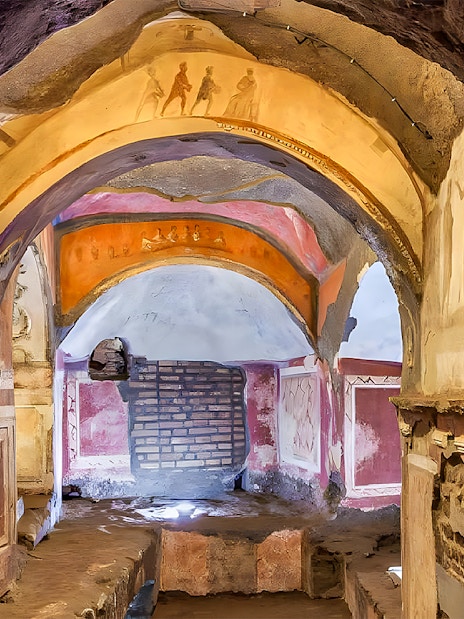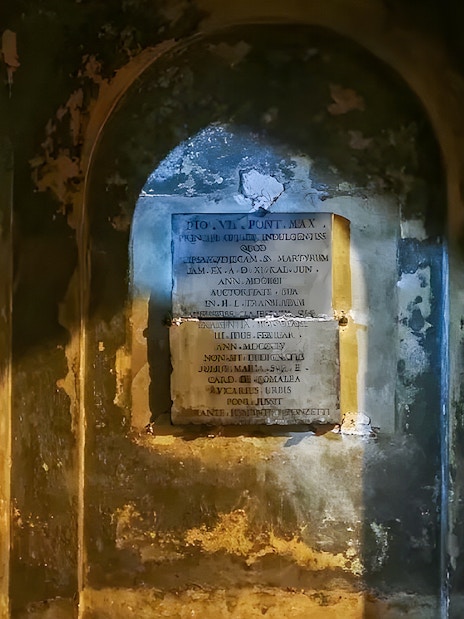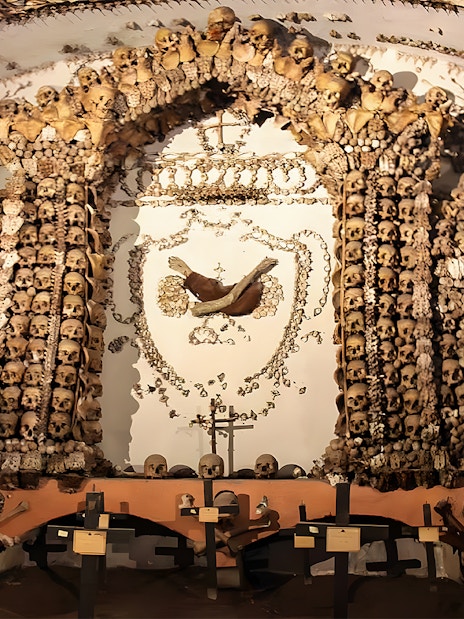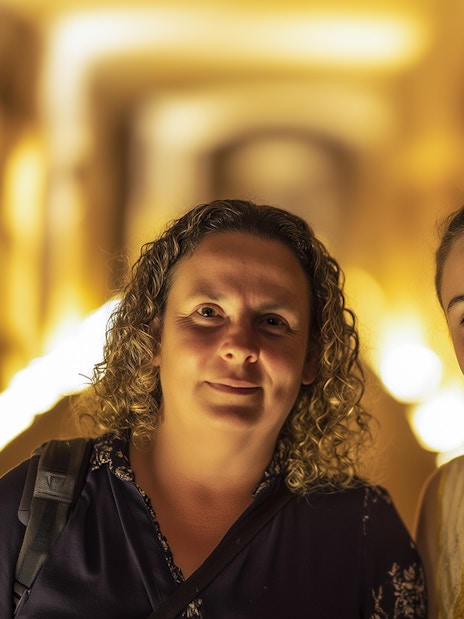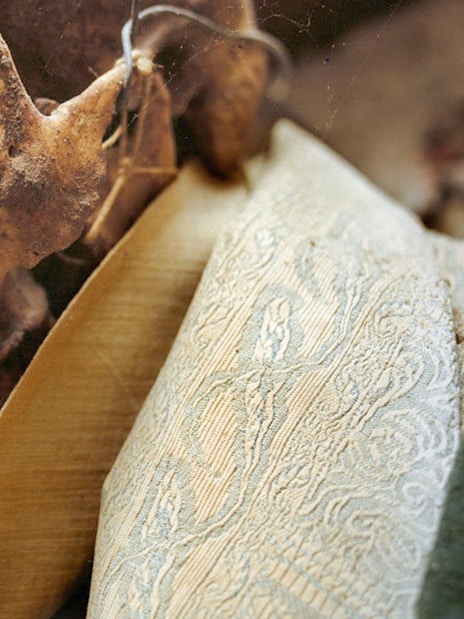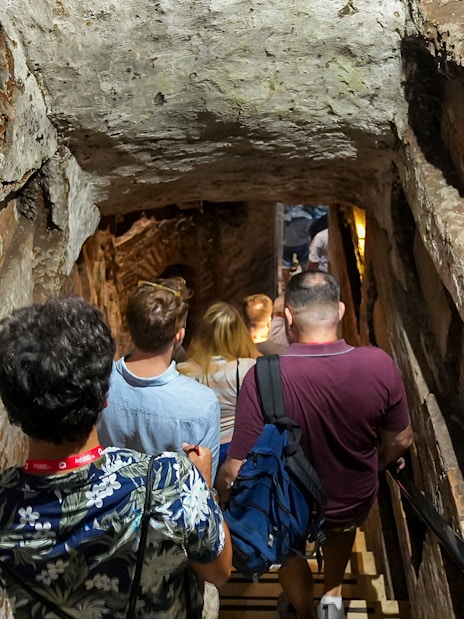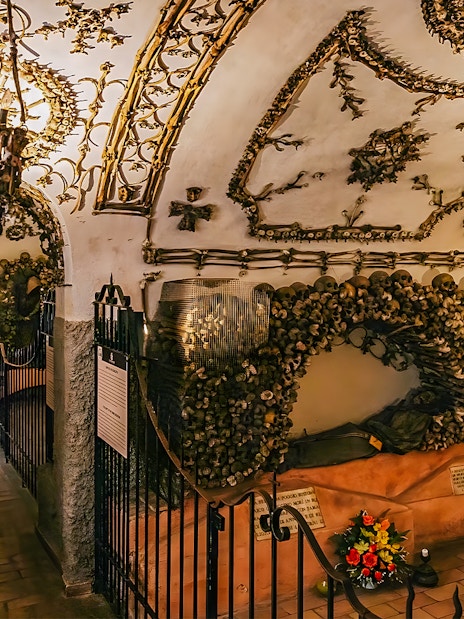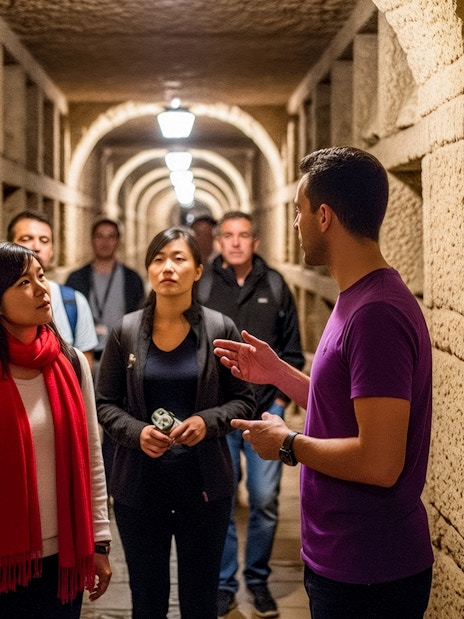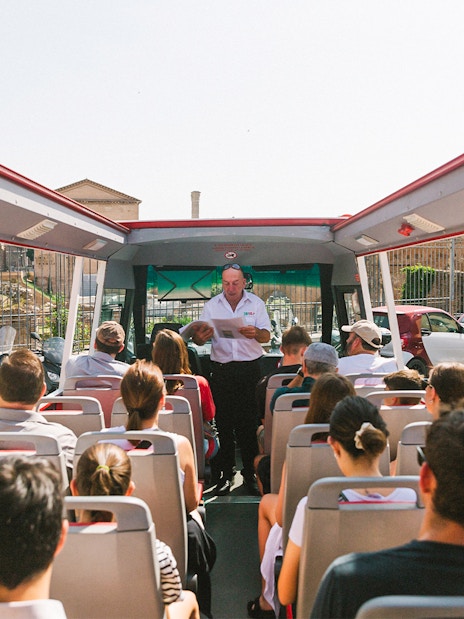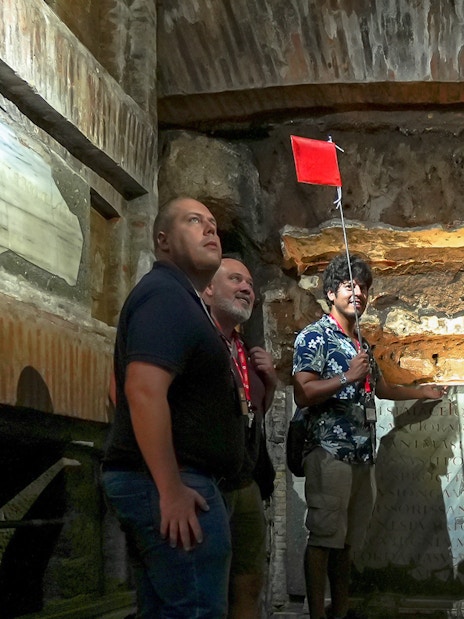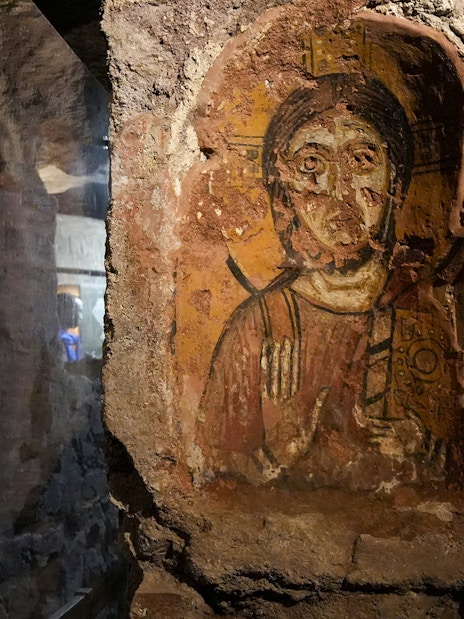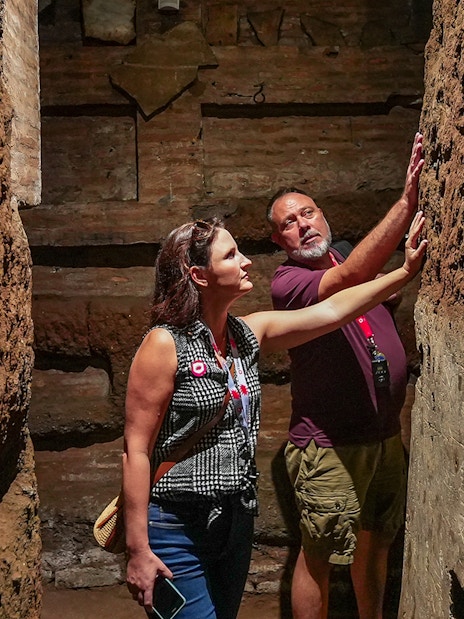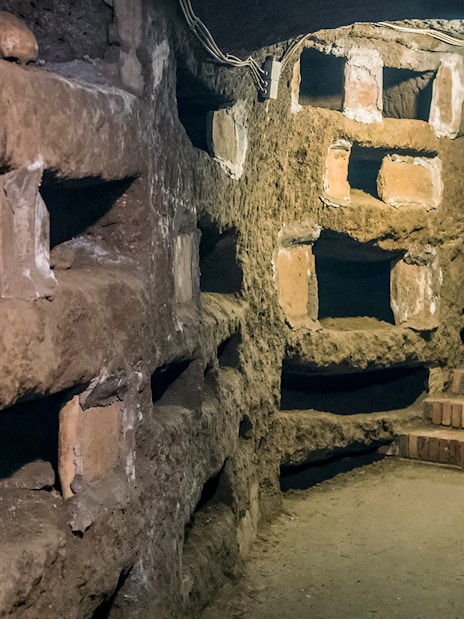- Historical significance: Built over the ruins of three Roman temples (3rd–2nd centuries BCE) near the Forum Olitorium, it reflects a rich history tied to ancient Rome and a tradition of a medieval prison on the site.
- Art and architecture: Features a three-nave layout with 14 columns from ancient temples, rebuilt in the 16th century by Giacomo Della Porta and restored in the 19th century. Inside are notable works by Guercino and Antonio Romano.
- Current use: Serves as a minor basilica and local place of worship, particularly for communities from Puglia and Lucania, while drawing visitors interested in its history and architecture.
- Accessibility: Lacks wheelchair accessibility, posing challenges for visitors with mobility issues.
- Key features: Highlights include the incorporation of ancient temple remains, Renaissance frescoes, a unique façade blending medieval and Renaissance elements, and an underground area showcasing Rome's layered history.
From happy customers
Loved by 45 million+
áNgela
SpainAug 2025
4/5
Undoubtedly a great visit that includes from the Vatican Museums to the Sistine Chapel in the most complete way possible.
Faliguerho
Sep 2025
5/5
Anna Maria is a lovely person and her explanations were very clear ! The tour was very nice and confortable to make and we saw a part of history easily
Richard
United StatesJul 2025
5/5
The guide Meagan was terrific, and did an excellent job of presenting the information without being exhaustive.The attractions themselves are well worth seeing.
Andreas
GermanySep 2025
5/5
The ticket system worked perfectly. The guide was very competent and didactically convincing. Thank you. However, based on our experience, we will look for a longer tour next time. It seems to make sense for the density of impressions.
Cristina
Aug 2025
5/5
Beautiful experience, the guide very knowledgeable and kind. Very interesting tour.
Everything perfect even for tickets, tour on time, everything perfect.
Thank you
Cristina
Marco
Oct 2025
5/5
I have been to the catacombs and I must say that the impact is remarkable, an immersion in real history, not the history of books. The thing that impressed me most, however, was the guide. A young girl, very knowledgeable, who did not just repeat the usual notions. She explained the historical contexts and symbologies superbly, with an analytical clarity that made you connect the dots immediately. Truly a professional who enhances the site, making the tour educational and engaging.
Next, I visited the Crypt of the Capuchin Friars with the attached museum. The entire museum tour, supported by an excellent audio guide, provides a basic background on the Order, before getting to the core. The Crypt itself is a work of extreme symbolism: the use of bones as a decorative element is not a macabre gesture, but a tangible and very powerful meditation on the transience of matter and the eternity of the soul. A heavy concept, but expressed with a theatricality that forces you to reflect.
In short, it was an experience that goes far beyond a mere tourist attraction. I absolutely recommend it: it is a fascinating, historically relevant and conceptually stimulating trip. A must-see.
Jill
United KingdomDec 2025
5/5
Easy booking process. Walked straight into the museum. Thoroughly enjoyable . Audio guide was very well done and the museum was interesting. The crypt itself was a little macabre but fascinating
Alina
Oct 2025
4/5
As we bought our tickets in advance, we were able to skip a long queue. We got the audio guides and headphones straight away without queuing and then we were off. The audio guide was great. At the beginning we went through a long gallery. The audio guide explained special paintings and exhibits well. It was also quite interesting. At the end, we went into the crypt. We finished there relatively quickly, but the trip was definitely worth it. Very interesting and worth seeing.
